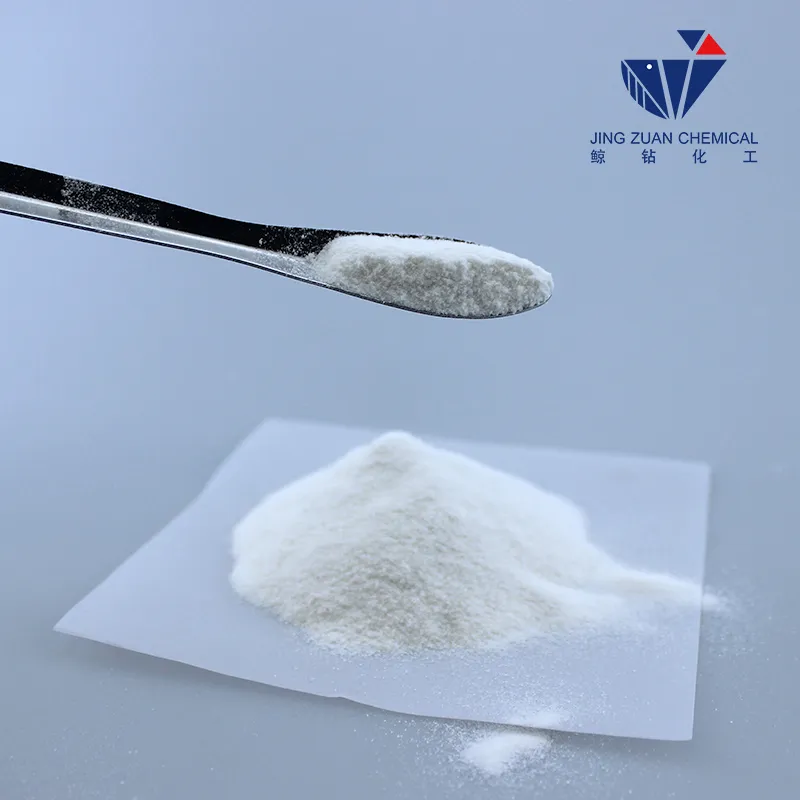
តុលា . 20, 2024 07:00 Back to list
hydroxyethyl cellulose price
Understanding Hydroxyethyl Cellulose Prices A Comprehensive Overview
Hydroxyethyl cellulose (HEC) is a non-ionic, water-soluble polymer derived from cellulose. It finds extensive application in various industries including pharmaceuticals, cosmetics, food, and construction due to its excellent thickening, gelling, and film-forming properties. As with most chemical products, the price of hydroxyethyl cellulose can fluctuate based on a variety of factors. This article aims to explore the pricing dynamics of HEC, discussing the factors influencing its price, market trends, and future outlook.
Factors Influencing Hydroxyethyl Cellulose Prices
1. Raw Material Costs The primary raw material for manufacturing HEC is cellulose, which is derived from various natural sources like wood pulp and cotton. Changes in the prices of these raw materials, driven by market demand, supply chain disruptions, or changes in regulations, can significantly impact the production cost of HEC. For instance, a surge in demand for sustainable materials may lead to increased prices for natural cellulose sources.
2. Manufacturing Processes The technology and processes used in the production of hydroxyethyl cellulose can vary significantly among manufacturers, affecting costs. Advanced production techniques that improve efficiency or yield can lower costs, while older methods may lead to higher prices due to inefficiencies.
3. Market Demand The demand for hydroxyethyl cellulose is closely tied to the performance of industries that utilize it. For example, the pharmaceutical and personal care sectors have seen a surge in demand for HEC due to increased consumer health awareness and preference for quality cosmetics. A rise in demand often leads to higher prices, especially if supply struggles to keep pace.
4. Supply Chain Dynamics Global events such as natural disasters, trade regulations, tariffs, and political instability can disrupt supply chains, affecting the availability of HEC and its raw materials. For instance, the COVID-19 pandemic highlighted vulnerabilities in global supply chains, leading to increased costs for many chemical products, including HEC.
5. Competition and Market Share The number of players in the HEC market also influences pricing. An increase in competition can drive prices down, while a limited number of suppliers can lead to elevated prices. Understanding the competitive landscape is crucial for stakeholders in the HEC market.
hydroxyethyl cellulose price

Current Market Trends
As of late 2023, the hydroxyethyl cellulose market has shown a mixed bag of trends. While there is a growing preference for HEC in the construction industry due to its water retention properties in mortars and adhesives, some sectors are experiencing price drops due to oversupply or reduced demand. Moreover, advancements in production technologies are making it easier to produce HEC more efficiently, which may help stabilize or even reduce prices in the long run.
Sustainability is another significant trend influencing the HEC market. As companies increasingly seek to enhance the sustainability of their products, there is rising interest in bio-based alternatives to synthetic additives. Hydroxyethyl cellulose fits this demand as it is derived from natural cellulose. Thus, manufacturers who can leverage sustainable practices may find a competitive edge in the market.
Future Outlook
Looking forward, the hydroxyethyl cellulose market is expected to experience steady growth. The rising demand for personal care products and pharmaceuticals remains a strong driver. Additionally, as industries continue to prioritize green chemistry and sustainable options, HEC is likely to gain traction as a preferred ingredient.
However, potential fluctuations in raw material prices and supply chain disruptions could pose challenges. Manufacturers may need to adopt innovative approaches to mitigate costs, such as diversifying their supply sources or investing in more efficient production methods.
Conclusion
The price of hydroxyethyl cellulose is influenced by a complex interplay of factors including raw material costs, market demand, and supply chain dynamics. As various industries continue to evolve, the outlook for HEC remains optimistic, provided that manufacturers remain adaptable to the changing market conditions. For stakeholders, staying informed about trends and market dynamics will be crucial in navigating the pricing landscape of hydroxyethyl cellulose in the coming years.
-
Versatile Hpmc Uses in Different Industries
NewsJun.19,2025
-
Redispersible Powder's Role in Enhancing Durability of Construction Products
NewsJun.19,2025
-
Hydroxyethyl Cellulose Applications Driving Green Industrial Processes
NewsJun.19,2025
-
Exploring Different Redispersible Polymer Powder
NewsJun.19,2025
-
Choosing the Right Mortar Bonding Agent
NewsJun.19,2025
-
Applications and Significance of China Hpmc in Modern Industries
NewsJun.19,2025







